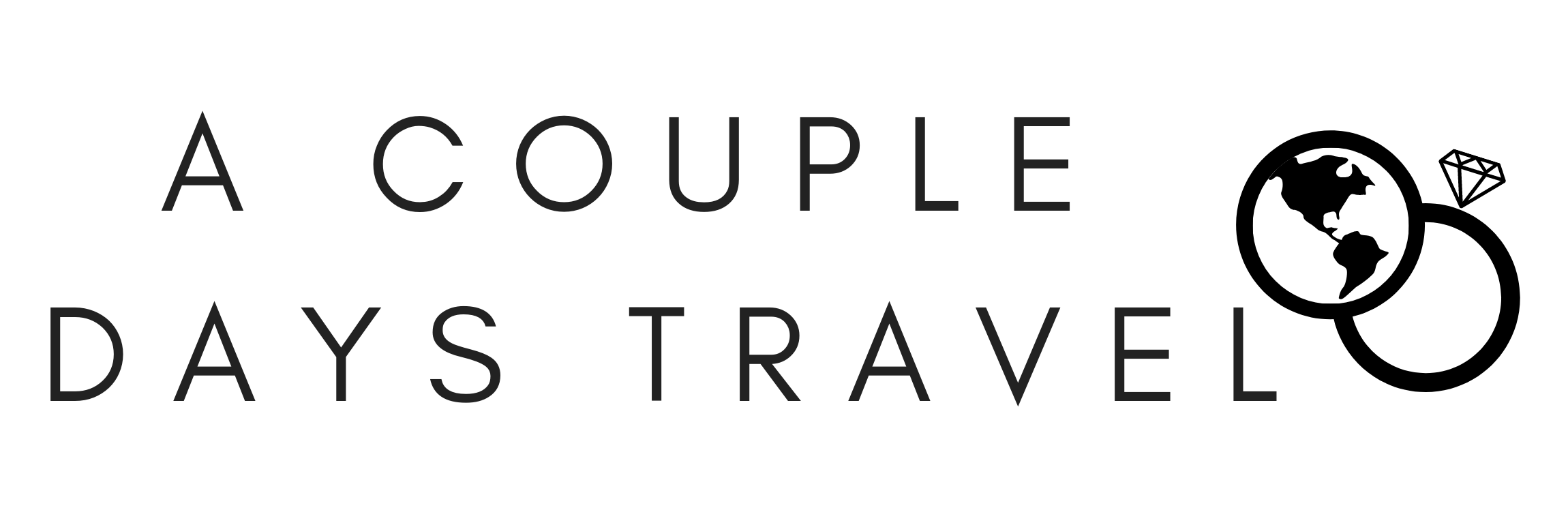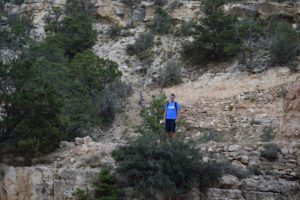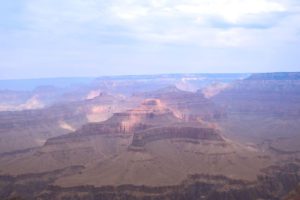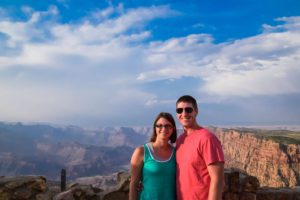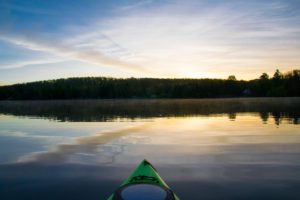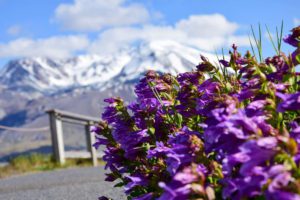The Grand Canyon is the second most visited National Park in the USA, with over 5 million people visiting each year. This Grand Canyon travel guide will help you to plan your trip to this amazing destination. So what brings so many people to this big hole in the ground? The Grand Canyon is one of the 7 natural wonders of the world and a UNESCO World Heritage Site. This brings people from around the world to visit one of this famous natural attraction that can be seen from space.
This unique geological wonder was formed after millions of years of erosion as the Colorado River wound its way deeper and deeper into the canyon. The canyon is now about one mile deep, 15 miles wide and 277 miles long. Whether you visit the bottom of the canyon or just take in the jaw dropping views from the rim, you will be stunned to visit the Grand Canyon.
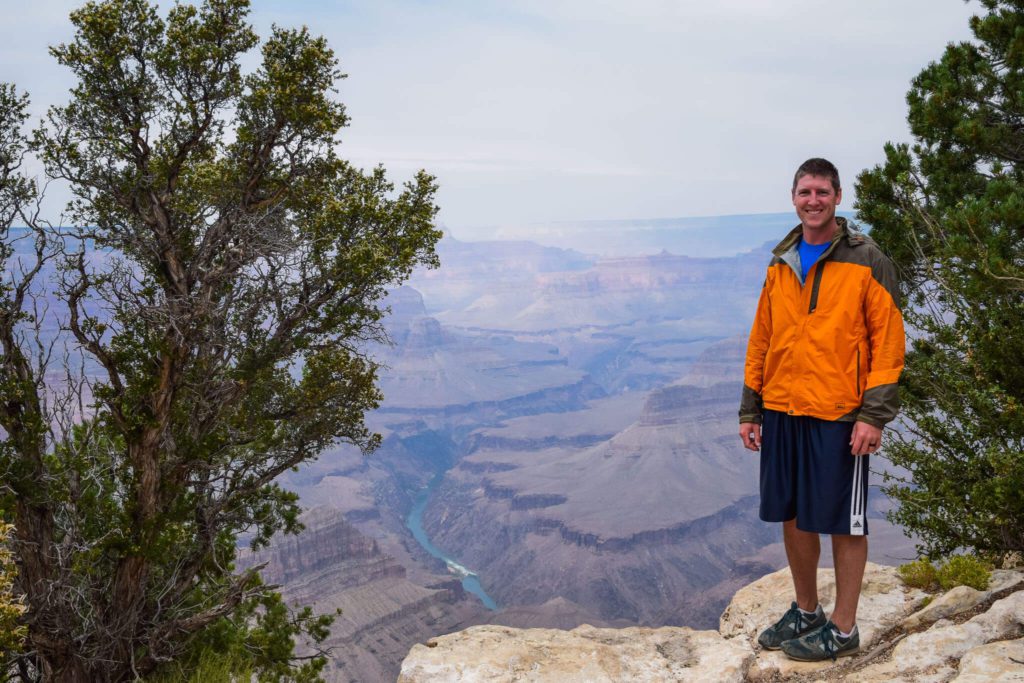
The Grand Canyon is vast and Grand Canyon National Park can be overwhelming. There is so much more to do here than just staring over the edge. Before visiting, a little research on what you do (and don’t) want to do will help you to make the most of your Grand Canyon experience. That’s why we’ve compiled this Grand Canyon travel guide to help you plan your perfect visit to the Grand Canyon.
Your Visit to the Grand CanyonToggle Table of ContentToggle
Grand Canyon Itinerary
No Grand Canyon travel guide would be complete without some itinerary suggestions. But first you should decide on how many days you’d like to spend in the canyon. We’d recommend two days. It gives you enough time to see everything, hike a bit and still be in wonder of the giant hole in the ground when you leave. You can always add more time to do more unique things but we think two days is enough.
When to Visit
The South Rim is open year round, while the North Rim is closed during winter.
Summer is by far the busiest time to visit the park. You’ll find crowds at the main viewpoints and traffic jams at the entrances. Also, temperatures during this time can be very hot, making outdoor activities challenging.
We recommend planning your 2 day Grand Canyon itinerary in late spring or early fall. You’ll find more mild temperatures, everything will still be open and accessible and less people will be crowding the viewpoints.
You can also visit the South rim in the winter. The Grand Canyon can be beautiful in the winter but note that many activities may be unavailable due to the weather conditions, including slippery hiking trails.

A Note About Avoiding the Crowds
Being the second most visited National Park in the USA comes with a cost, and that cost is crowds. We’ve heard people mention that they went to the Grand Canyon and could barely see the canyon through the crowds. Well, A) they’re clearly exaggerating and B) they clearly never walked past the main viewpoints. So besides timing your visit outside of peak season there are a few things you can do to avoid crowds.
Come early or stay late – most people arrive mid-day and leave the park in time for dinner. Time your entrance into the park and your visits to the most popular attractions early in the morning or after dinner.
Walk away from the crowds – you can easily be at a vista with hundreds of people, then walk 5 minutes and see no one and hear nothing but the wind. Trust me, a five minute walk is worth a peaceful moment here in nature.
Pack your own food – food vendors become very busy during mealtimes. Packing picnic lunches will save you time. Plus the food isn’t that great and we think it’s overpriced for what you get.
Go to the lesser visited lookouts – visiting lookouts along Hermit Road and Desert View Drive will give you fewer crowds to compete with. The main lookouts at Mather Point, Desert View Watchtower, and Yavapai Point are always crowded.
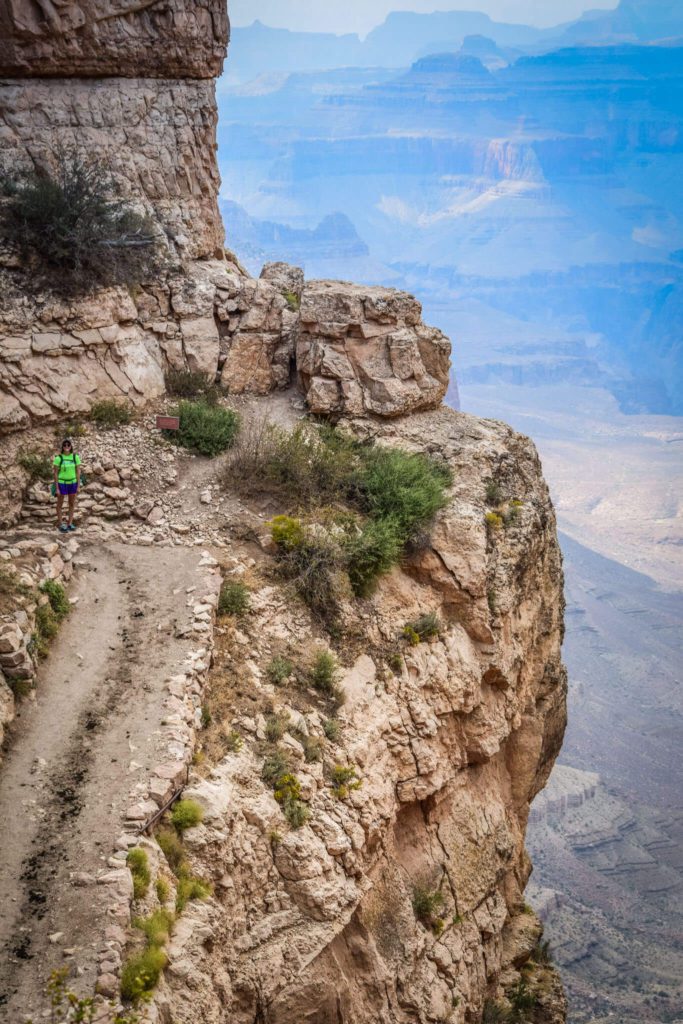
Getting There and Around
If you’re flying to the Grand Canyon, we’d recommend flying into either Phoenix or Las Vegas. Both of these international airports have reasonable flight prices and are about a 5 hour drive from the canyon. You can fly into Flagstaff or even the Grand Canyon Airport, but prices to fly into these airports are higher.
When exploring the Grand Canyon, we think it’s best to have your own car. While the amazing bus system within the park will let you get to all of the most popular spots, you won’t be able to see everything without a car, like Desert View Drive. We also think it’s easiest to get to the park with a car, rather than via shuttle. However, as there are many tour companies that offer transport and tours to the Grand Canyon out of Las Vegas, Flagstaff and Tusayan, you don’t truly need a car if you’re willing to go with a group.
Which Part of the Park to Choose?
Grand Canyon National Park has two main access points: the North Rim and the South Rim. There is also a third small section known as Eagle Point, which requires a separate entrance fee.
The North Rim is worth visiting for it’s beautiful viewpoints but the driving time from South to North Rim (5 hours) doesn’t always make the most sense. The North Rim has a more rustic view with few accommodations. However, there are some sweeping viewpoints, short hikes and definitely fewer crowds here. We’d recommend attaching a visit to the North Rim to a Utah road trip as it’s easier to get to from some top Utah destinations than the south rim. The North Rim is closed in the winter.
The next section of the Grand Canyon to visit would be in the western part of the park. The only thing located here is Skywalk at Eagle Point. This is the big horseshoe-shaped glass bridge that extends over the canyon. Since this is 4 hours from the South Rim and costs $59 for admission, including the Skywalk, this is something we would skip.
The South Rim is open 24 hours each day year round and contains the widest variety of things to do and also has the greatest number of accommodations. This is why it is the most popular section of the park to visit. While we love off the beaten path places, if you’re visiting the Grand Canyon for the first time, we’d recommend sticking to the South Rim.
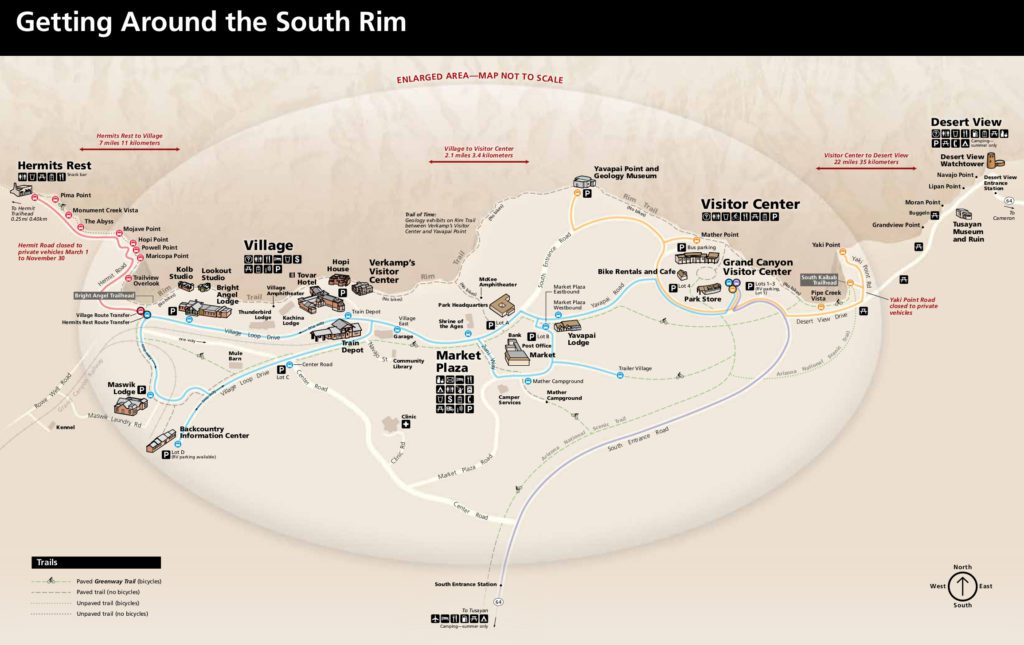
South Rim: Which entrance should you use?
Traffic jams at the main entrance point are common. However, this is the closest entrance point to Flagstaff, Phoenix and Las Vegas. If you plan to use this entrance gate, plan to arrive early in the day or late in the afternoon. Mid-day arrives will most likely result in waiting in standstill traffic.
The entrance that we’d recommend is the Desert View Entrance. Our Grand Canyon itineraries all use the Desert View entrance. This entrance also has the advantage of allowing you to enjoy the scenery along Desert View Drive, which is one of the top things to do in the Grand Canyon.
South Rim: Getting Around
The South Rim has an amazing bus system that runs to some of the most popular destinations. This is a free hop-on-hop-off style bus with some pretty amazing commentary from the bus drivers. Make sure to grab yourself a pocket map from the entrance points or the visitor’s center so that you can have the bus route in your pocket for your visit. In the busiest months of the year, there are areas of the park that you cannot drive to. In order to access these areas, you must take the free buses or hike. Yaki Point and Hermits Rest or two of these points.
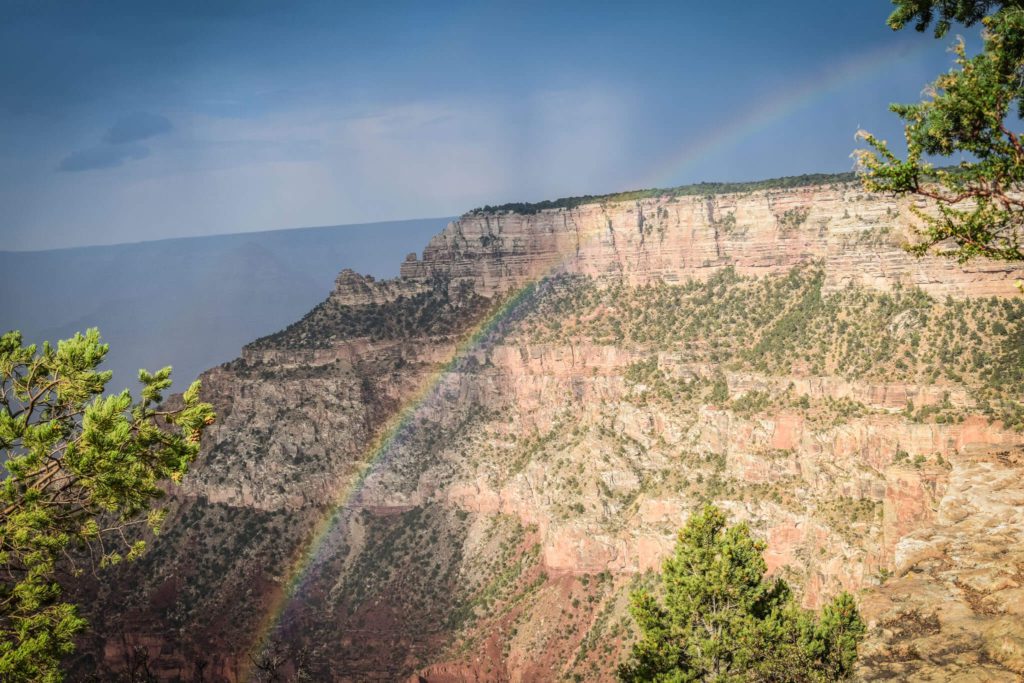
What to Budget
The entrance fee to get into the park is $35 and is valid for 7 days. So if you are staying outside of the park, you can get back in without having to pay again. We alway recommend purchasing an America the Beautiful Annual pass, which will get you into all the National Parks in the country. This costs $80 and is a great option if you’re planning on visiting any other National Parks on your trip. You can purchase passes in advance online. Or you can purchase your pass at any of the entrance gates.
Accomodations
For accommodations, this Grand Canyon travel guide will go over possible accommodations on the South Rim as that’s where most people visit. If you plan to visit a different part of the park, you’ll find fewer but cheaper accommodations near the other park sections.
Staying in one of the park lodges is a great option that will help to save you time. There are also several hotels to stay in in just outside of the main gates. Staying in the park or directly outside of it will cost around $200/night, though you’re more likely to find greater availability outside of the park.You’ll also find some really interesting home stays just outside of the park, like tiny homes and retro campers.
Camping in the park is a great option for the budget traveller. You can get a standard campsite at Mather Campground, located in Grand Canyon Village, or at Desert View Campground. Both of these locations charge a budget friendly $18/night. These campgrounds do have toilets, water and showers, though the showers are coin operated. We camped in Mather Campground and loved it.
Food
You’ll find both restaurants and grocery stores in Grand Canyon Village. The restaurants are alright, but the lines get long during meal times and the food seems a bit overpriced for what you get. Food costs about $15-20/person for a lunch type meal. It’s definitely convenient to eat in the park though!
However, we think the best option is to pack food and make your own lunches and eat dinner over the campfire. There is just something perfectly “Grand Canyon” about eating in nature. So we think that packing sandwiches for lunch and campfire food for dinner is the cheapest, most convenient and most time-friendly food option in the park.
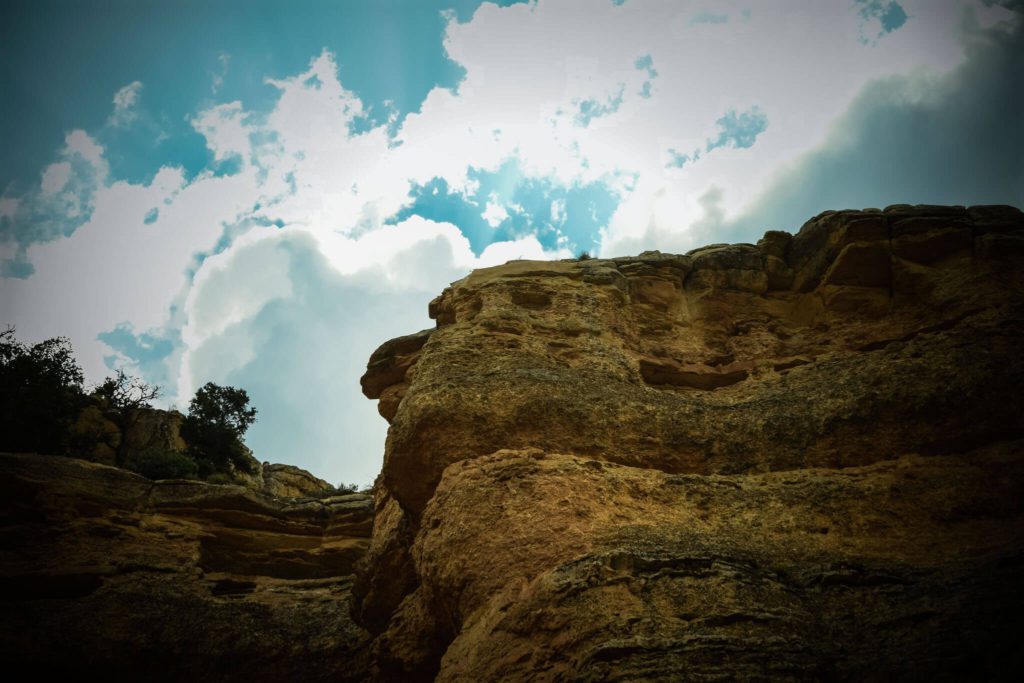
What to Pack
The Grand Canyon is in a pretty remote area, so you’ll want to make sure you pack everything you’ll need for your trip before entering the park. In this Grand Canyon travel guide, we assume you know how to pack for vacation but make sure to pack these Grand Canyon essentials.
The most important thing to pack for your Grand Canyon trip is a water bottle or hydration pack. You’ll want to stay hydrated and the best way to do it is with a reusable water container.
Make sure you pack comfortable shoes as you’ll want to do a lot of walking.
For clothes, you’ll want to make sure to pack layers. Because the Grand Canyon is at a high altitude, you can get cool temperatures in the morning and evening, even in the summer months. You’ll want to make sure you are ready to shed those layers in the heat of the sun or as you climb into the canyon and the temperature increase.
You’ll want to make sure you pack all of your best photography gear to get all of those amazing canyon shots from each viewpoint.
If you’re interested in watching the sunrise or sunset, you’ll want to pack a headlamp or flashlight so that you can get to and from your viewpoint in safety.
Safety
The biggest challenge to your safety at the Grand Canyon is nature.
The first bit of nature to be aware of is the weather. Make sure you are dressing appropriately for the weather and your activity level. Make sure that you plan to do your most strenuous activities during comfortable temperatures and avoid hiking in the high heat. Also, make sure that you pack enough water for yourself and plan to fill up your water bottle or hydration packs whenever there is water.
Another bit of nature to watch out for is the canyon itself. It’s deep and a fall would be disastrous. Many high traffic areas have guardrails up but a majority of the canyon doesn’t have a barricade. Make sure to stay away from the edge as winds have been know to cause people to loose their footing.
We hope that this Grand Canyon travel guide helps you to plan your future vacation. We hope you have a great time and enjoy your visit to this amazing wonder of the world. If you have any questions or comments, please leave them below and we’d be happy to connect with you.
